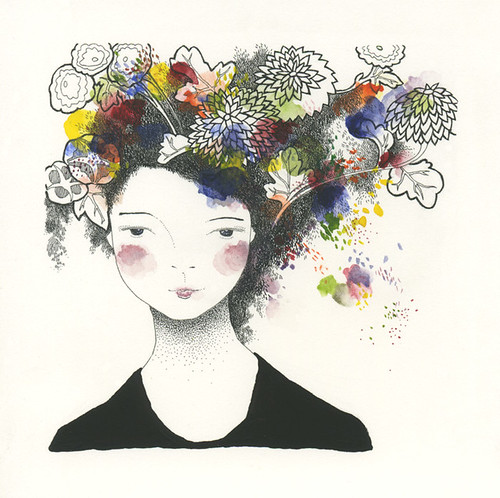i chose my eighth from the previous task :
8. 49 year old female business development director
The man in his old boat was terribly unhappy due to the fact that he could not harvest his crops. He then received help from an aid worker, which allowed him to travel to the big city where the weekly market was held so he could earn a living to buy food and in turn support his family.
I decided to add an image of an African market :

I later added the word harvest to my third image which seemed to help connect the images resulting in a more successful set of results. Here are the results from my second and smaller sample of individuals as i felt eleven may have been too many :
1. 20 year old female textile design student
The worker harvests his produce and gets in his boat and goes on an adventure to the big city where he sells them at the market.
2. 19 year old female textile design student
The boy’s job is transporting local produce from the market, across the river to the big city. On his trip one day he got stuck in the thick moss.
3. 11 year old female school student
There was a palace which the man in his boat worked for. He went to harvest the weeds to take and sell at the market.
4. 19 year old female jewellery student
The boatman picked up the plants and took them to the town to sell at the market.
5. 19 year old female art student
A young man sailed to an island to harvest his crops, he then went to town and to the market to sell his produce.
6. 16 year old male school student
The market was far away and the river was full of thick weeds so it took the man until dark to reach the city where he would be able to sell what he had made the next day.
After adding the 4th image and a single word, it is clear that the stories thought up by the individuals asked have become increasingly similar and there seems to have been a constant interpretation between everyone asked. This proves that text and imagery, if displayed in a certain way can be successful in portraying a story/ idea/ product/ lifestyle which is more universally understood. My understanding of polysemy has improved as I now see how important it is to carefully compose and conduct within design to ensure that the viewer/client experiences and sees your work as you intended. I feel this experiments results agree with Barthe's theory that images have many differing meanings and understandings due to the differences between the stories first collected. The differences will most certainly be based around age and background. It is only when information is made clear and stories are emphasized that more people being to make similar connections. How information is composed is therefore critical in levels of understanding.














